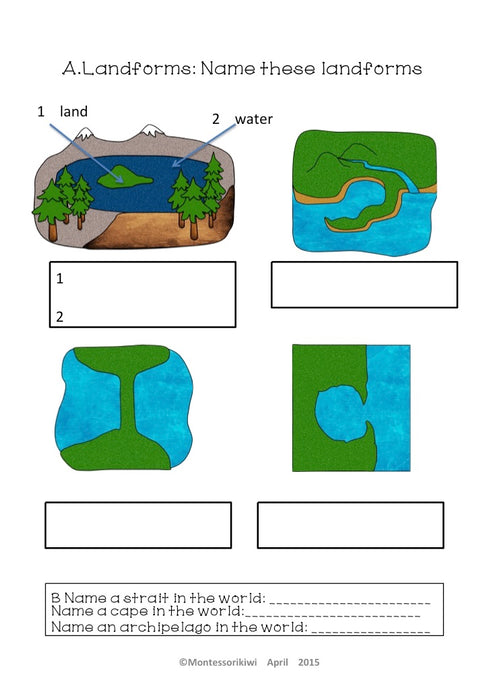

The most challenging question, overall, was question 3 on special economic zones (SEZs).21% of students earned 5-7 points, and 44% of students earned 0-2 points, out of 7 possible. While most students scored low on all 3 questions, the strongest performance was on question 2, the analysis of English speaker data.Specifically, students need 6 fewer points to receive a final AP score of 5 on Set 1 than students who received the somewhat easier Set 2 questions. All this said, this year student performance across free-response questions was more consistent and generally higher this year, with a lower percentage of students simply abandoning a question than has happened in past years.įree-Response Questions–Set 1: Analysis of student performance data has found that students who received the Set 1 questions received the more difficult questions, and accordingly, fewer points are required for these students to receive scores of 3, 4, and 5.

Accordingly, AP Human Geography typically has a much lower percentage of students earning scores of 3+ than another social science subjects like AP Psychology, taken primarily by 12th grade students.
Students’ weakest skill, overall, was data analysis (Skill Category 3) 8% of students could not answer any of these questions correctly.įree-response section: Perhaps because AP Human Geography students are primarily 9th graders (unlike every other AP subject), many really struggle with the college-level demands of the free-response questions, which are written and scored by college faculty and AP teachers through the lens of college-level standards, so that the scores can accurately determine whether a student deserves to receive college credit for this course. Many students also demonstrated strong skills of source analysis (Skill Category 4). Students’ strongest skill, overall, was scale analysis (Skill Category 5) 15% of students got virtually all of these questions right. Students scored lowest on questions about Unit 6, Cities and Urban Land-Use, and many also struggled with questions about Unit 3, Agricultural and Rural Land-Use. The next strongest unit was the final one, Unit 7, Industrial and Economic Development. Students demonstrated strongest mastery of Unit 4, Political Patterns and Processes, with 18% of students answering virtually every question about this unit correctly. The largest exam date for AP Human Geography was May 4, so the following information is specific to the exam version administered on that date.Īs usual in this subject, students scored significantly higher on the multiple-choice section than on their free-response questions, where low performance continues to limit the percentage of exams achieving scores of 3 or higher. As a reminder, the most recent research on AP Human Geography students who earn a 2 on the exam found that these students proceeded to earn higher grades when taking the course in college than students with the same high school GPA, SAT score, race, and gender. It’s also important to honor the efforts of students who don’t earn a score of 3+ on the AP Human Geography Exam, but who nonetheless developed basic understandings and skills in the course. Common item equating enables researchers to compare learning this year to years prior to the pandemic, finding that this year’s students developed a significantly stronger understanding of the course content and skills than students in the years immediately prior to the pandemic, a remarkable outcome for AP Human Geography teachers and students. While in most AP subjects the disruptions of this past year are evident in lower-than-usual scores, AP Human Geography is a rare exception to that pattern. 
The following table enables comparisons of student performance in 2021 to student performance on the comparable full-length exam prior to the covid-19 pandemic. Data from students who tested in June are not yet available.ĪP Human Geography score distributions, 2019 vs. The following data reflect the 193,660 students worldwide who took either the paper or the digital AP Human Geography Exam in May.







 0 kommentar(er)
0 kommentar(er)
